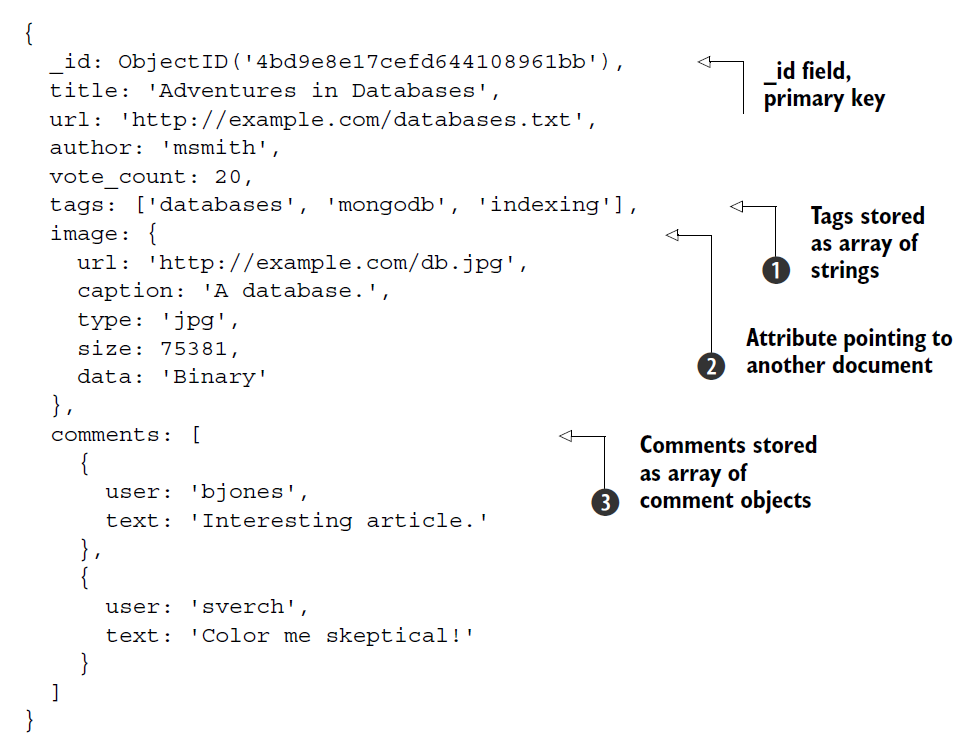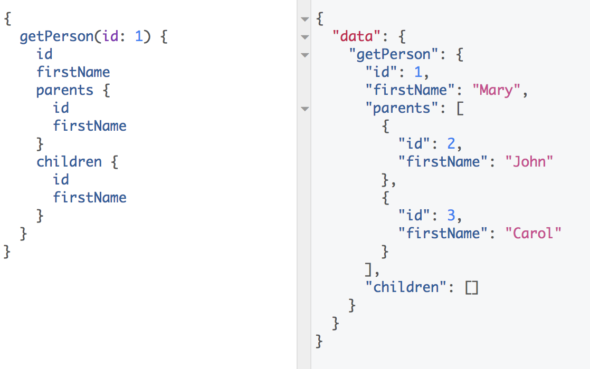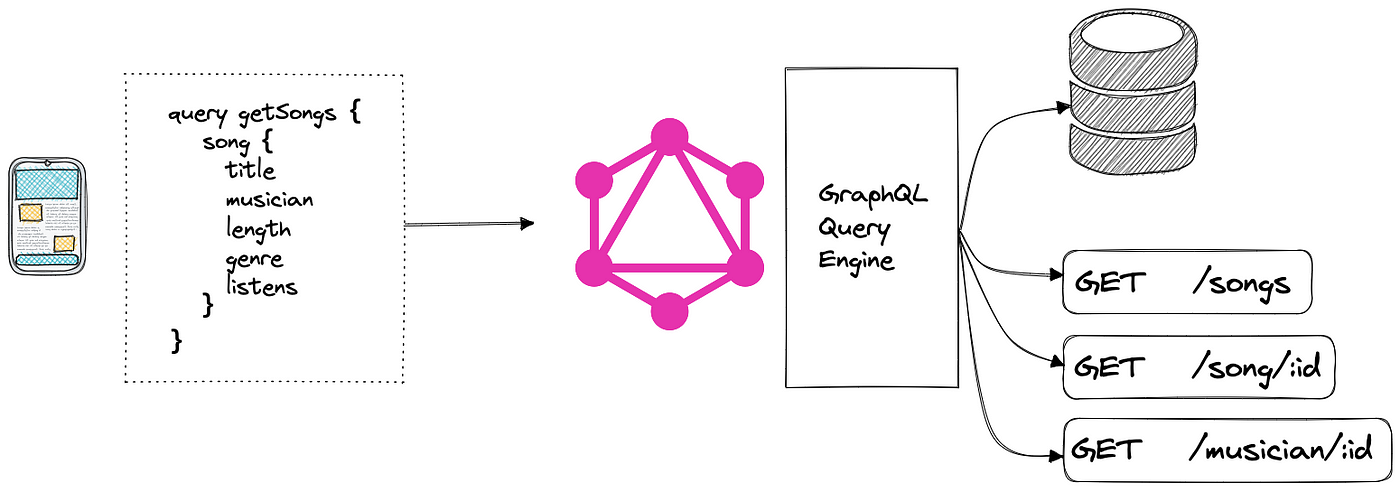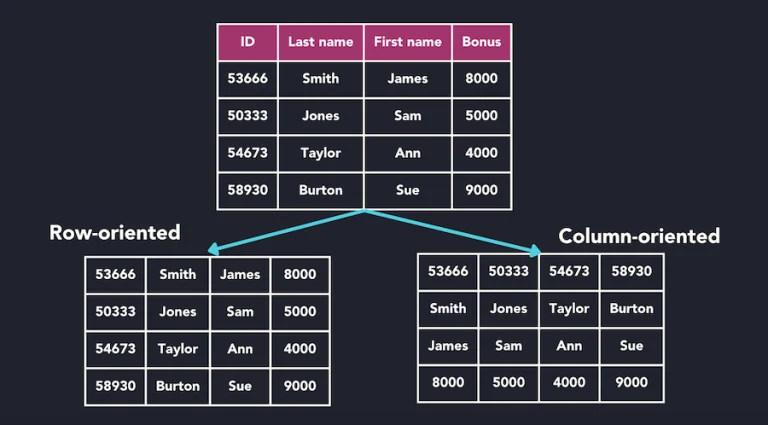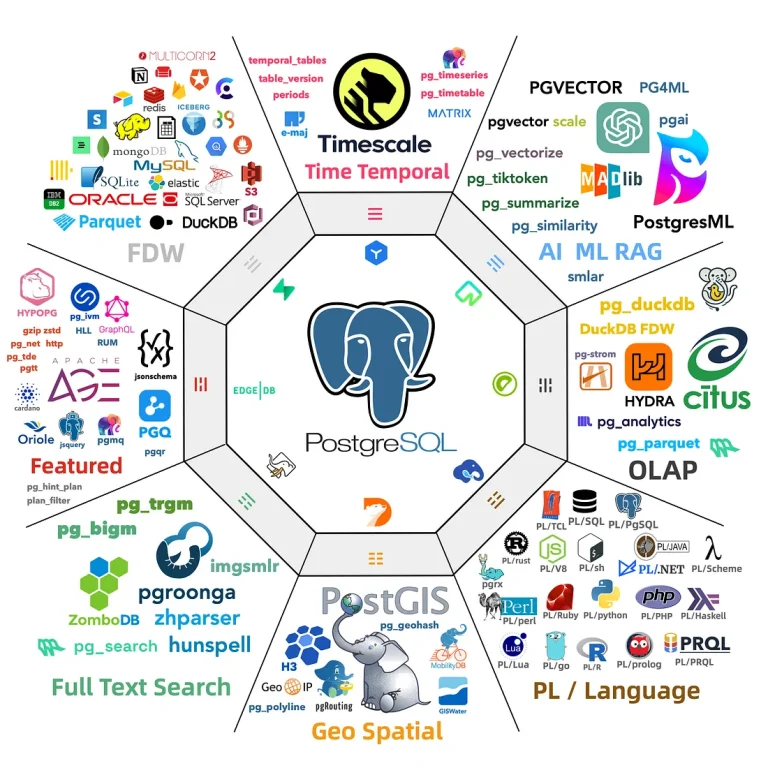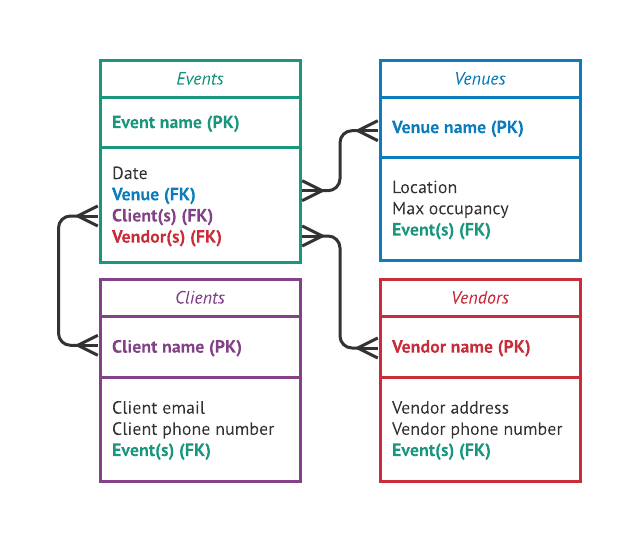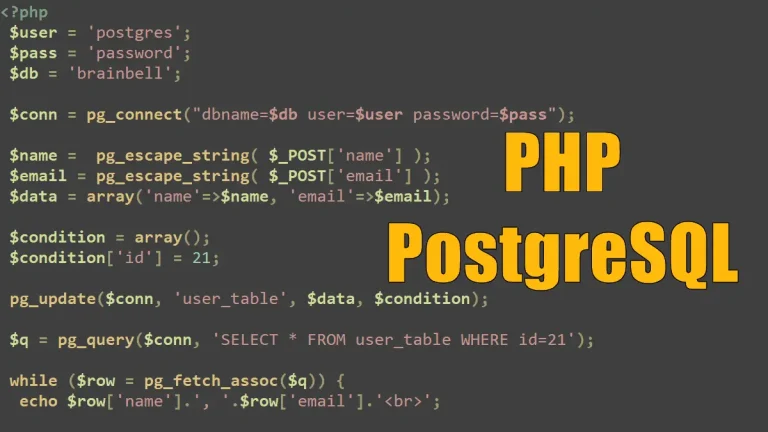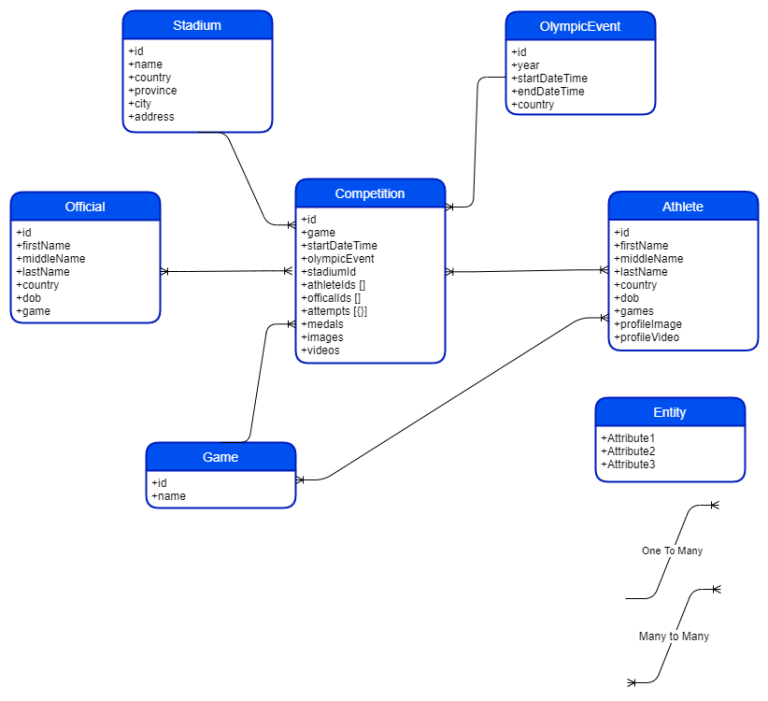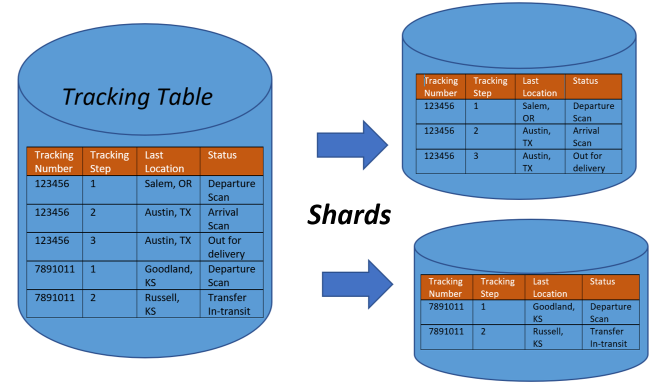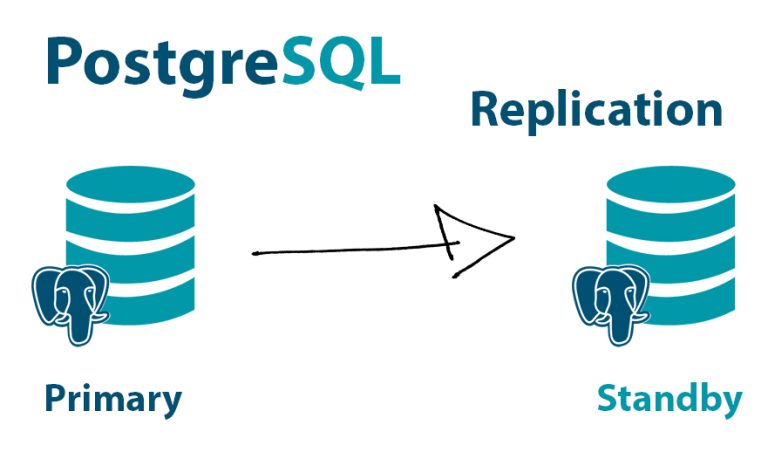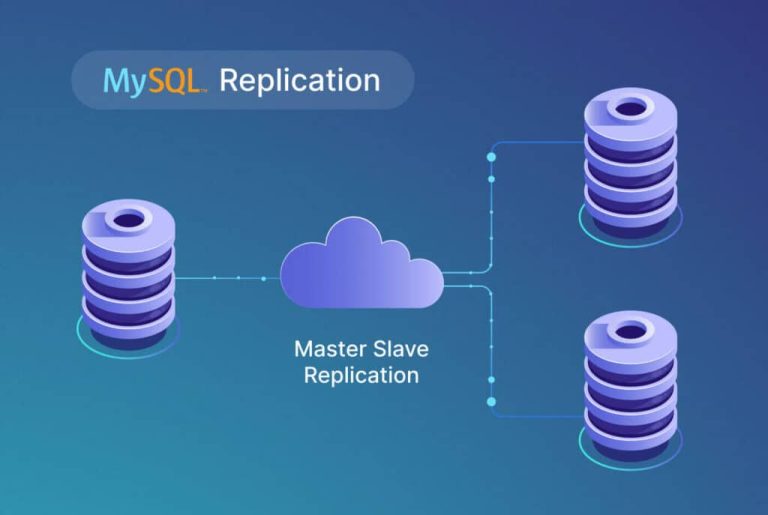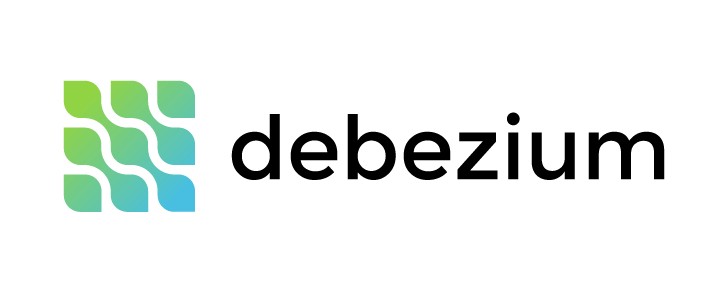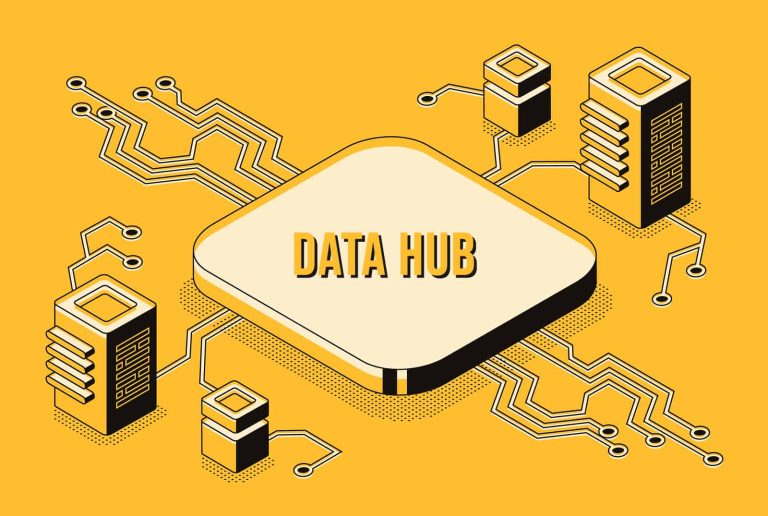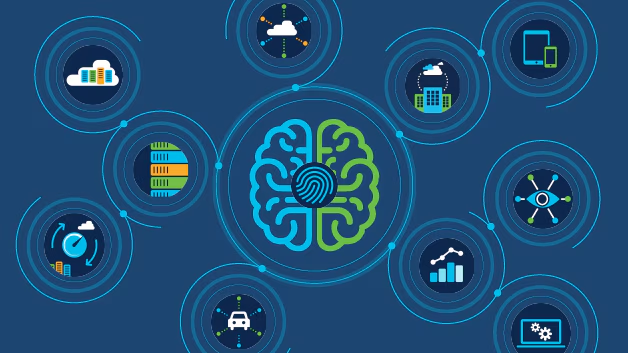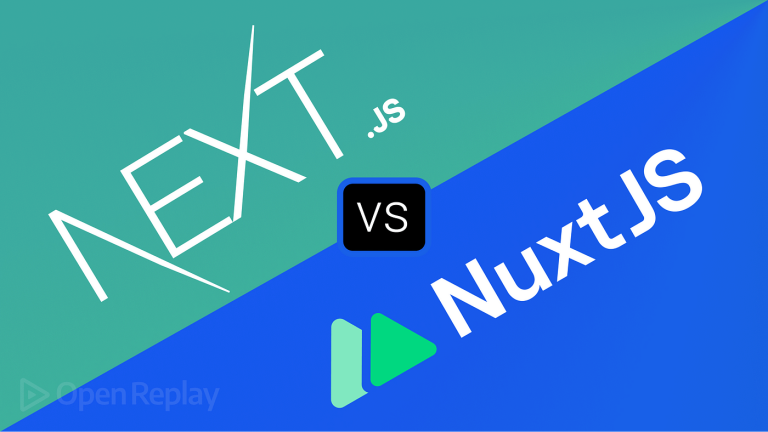Develop a platform that aggregates data from various sources (e.g., social media, weather APIs, news websites) and provides users with personalized insights and recommendations using GraphQL as the query language.
Here’s how it could work:
- Data Aggregation: Build modules to fetch data from different sources like social media APIs, weather APIs, news websites, and more. Each module would collect relevant data and store it in a structured format.
- GraphQL Schema: Define a GraphQL schema that represents the types of data available in the platform, such as user profiles, social media posts, weather forecasts, news articles, etc. Design the schema to be flexible and scalable, allowing for easy addition of new data sources and types.
- Query Engine: Develop a query engine that processes GraphQL queries from users and fetches the requested data from the appropriate modules. Use GraphQL’s flexible query capabilities to allow users to specify exactly what data they want to receive in the response.
- Personalized Insights: Use the aggregated data to generate personalized insights and recommendations for users. For example, analyze social media activity to suggest relevant content or events, use weather data to provide personalized recommendations for outdoor activities, and use news articles to suggest relevant topics for discussion.
- User Interface: Create a user-friendly interface where users can interact with the platform, submit GraphQL queries, and view the personalized insights and recommendations. Consider building a web application or mobile app that allows users to access the platform from any device.
- Optimization and Scalability: Optimize the platform for performance and scalability to handle large volumes of data and user queries efficiently. Implement caching mechanisms, data indexing, and query optimization techniques to improve response times and reduce server load.
Overall, this idea leverages GraphQL’s flexibility and efficiency to create a platform that provides users with personalized insights and recommendations based on aggregated data from various sources. It addresses the growing demand for personalized experiences and intelligent recommendations in today’s digital landscape.
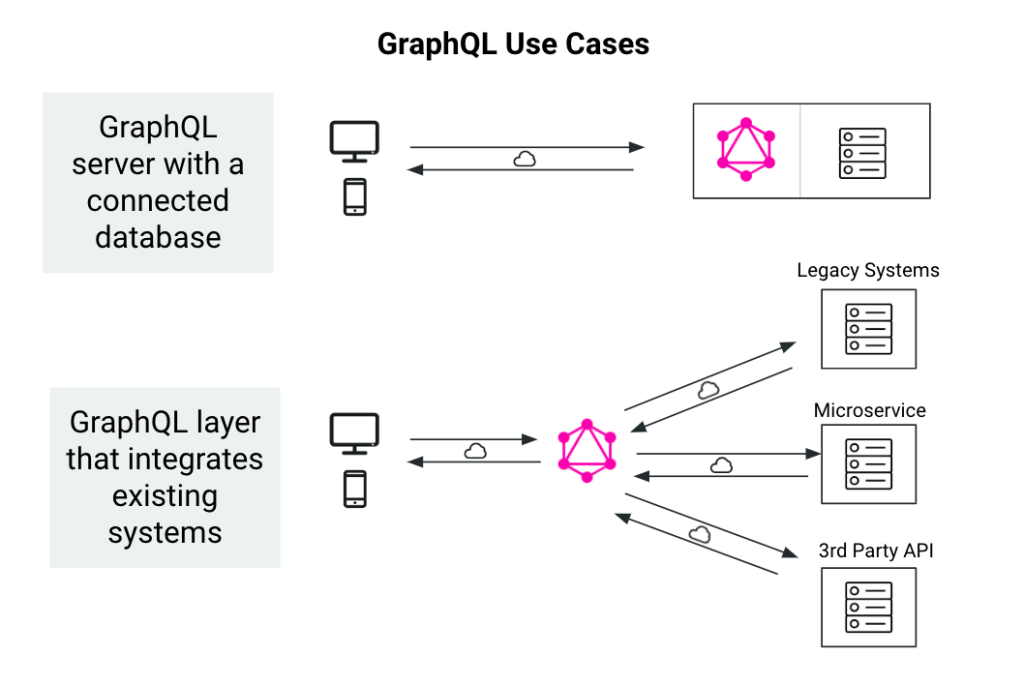
The differences between SQL, NoSQL, NewSQL, and GraphQL:
SQL (Structured Query Language)
- SQL is a standard language for relational databases.
- Relational databases organize data into tables with rows and columns.
- It uses predefined schemas to determine the structure of the data.
- Examples: MySQL, PostgreSQL, Oracle Database.
NoSQL (Not Only SQL)
- NoSQL encompasses a wide range of database technologies that are designed to handle diverse data models.
- It does not strictly adhere to the relational model and can store data in various formats like key-value pairs, document-oriented, column-oriented, or graph-based.
- NoSQL databases are often used for large-scale distributed data storage, real-time web applications, and handling unstructured or semi-structured data.
- Examples: MongoDB (document store), Cassandra (column store), Redis (key-value store), Neo4j (graph database).
NewSQL
- NewSQL databases aim to combine the scalability of NoSQL systems with the ACID compliance and relational model of traditional SQL databases.
- They provide the scalability, fault tolerance, and high availability of NoSQL databases while maintaining the transactional consistency and SQL querying capabilities of traditional databases.
- NewSQL databases are designed for applications that require both horizontal scalability and strong consistency guarantees.
- Examples: Google Spanner, CockroachDB, VoltDB.
GraphQL
- GraphQL is a query language for APIs and a runtime for executing those queries.
- It is not a database technology but rather a way to interact with APIs to fetch and manipulate data.
- GraphQL allows clients to specify exactly what data they need in a single request, reducing over-fetching and under-fetching of data compared to traditional REST APIs.
- It provides a flexible and efficient way to retrieve data from servers and is often used in modern web and mobile applications.
- Examples: A social media platform might use GraphQL to fetch user profiles, posts, comments, and other related data in a single query.
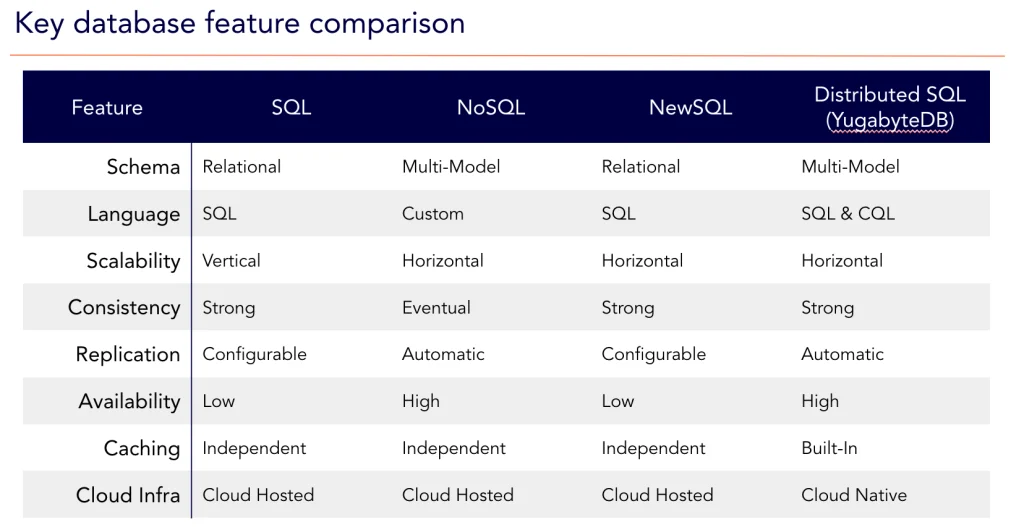

Example in consider a hypothetical scenario of building an e-commerce platform:
- SQL: You might use a SQL database like PostgreSQL to store structured data such as user information, orders, products, and their relationships. For example, you would have tables for users, orders, products, and a schema defining their relationships.
- NoSQL: You might use a NoSQL database like MongoDB to store unstructured or semi-structured data such as user preferences, product reviews, and session data. MongoDB allows flexible schema design and can handle large volumes of data with ease.
- NewSQL: If your e-commerce platform requires both scalability and transactional consistency, you might consider using a NewSQL database like Google Spanner. It offers the scalability of NoSQL databases while providing ACID compliance and SQL querying capabilities.
- GraphQL: You could use GraphQL to build an API layer for your e-commerce platform, allowing clients to fetch product details, user information, order history, and other data with a single query. GraphQL would enable clients to specify the exact structure of the data they need, improving performance and reducing network overhead.

